Great Masters in Painting: Rembrandt van Rijn
Book Excerpt
The exact date of this first step on the road to fame is also still somewhat uncertain. Vosmaer believes it was in 1619, but the assertion of Orlers that when his parents allowed him to abandon the unloved Latin, they apprenticed him to a painter, is so precise, that it is unreasonable to suppose that his father should have returned to the attack. We may consequently assume that the final desertion of the Muses and enlistment in the cause of the Arts came after, not before, that enrolment at the University--that is to say, late in 1620 or perhaps early in 1621. Further facts go to prove this point. His first apprenticeship, in accordance with the rules of the Guilds of Saint Luke, lasted three years, and came to an end therefore in 1623 or early in 1624. He then went to a second master in Amsterdam, but remained with him only six months; so that in either case the date of his leaving Amsterdam and returning to Leyden would have been some time in 1624. Now there is no doubt that it was in 1624 that this took place, and the only obvious conclusion is that his first apprenticeship did not commence before 1620.
The painter who was then chosen for the honour of first guiding the hand of the young Rembrandt, by which honour he is nowadays almost alone distinguished, was Jacob van Swanenburch. A man of good position, the son of one painter, the brother of an
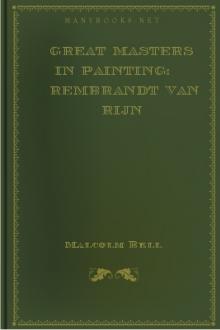
 Free Download
Free Download











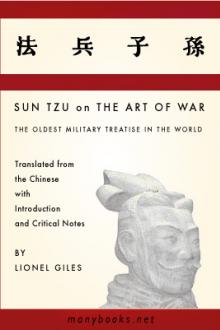
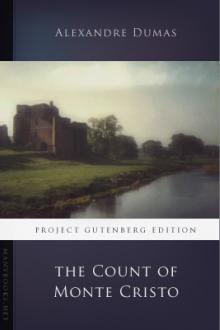
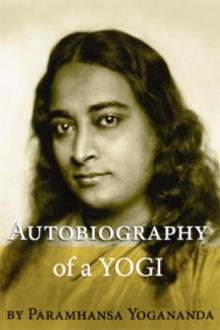
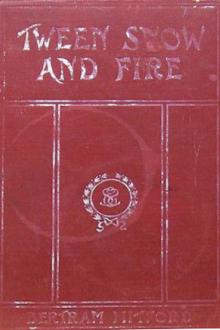


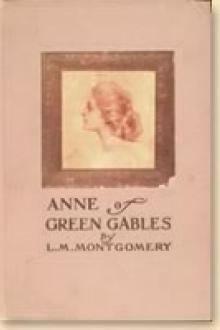

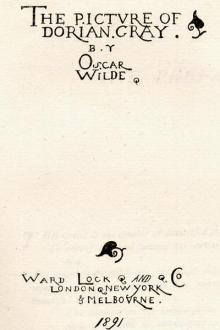
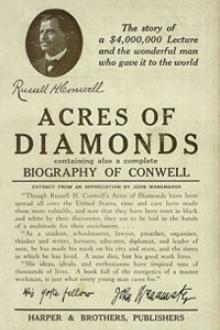


-itok=vcKIB5v1.jpg)
